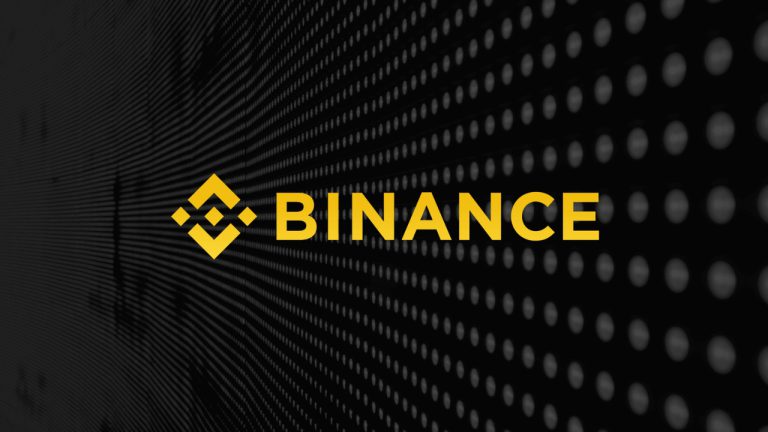Bitcoin trading is a high-stakes game where timing can mean the difference between massive gains and frustrating losses. If you’ve ever asked, “When is the right time to trade Bitcoin?”, you’re not alone. The crypto market is notorious for its volatility, making it tricky to predict. But fear not—this guide will break down the best times to trade Bitcoin based on historical trends, market behavior, and expert insights.
Understanding Bitcoin’s Volatility
Bitcoin operates 24/7, unlike traditional stock markets, which means price swings can happen at any time. This constant activity makes it challenging to pinpoint the perfect trading window, but patterns do emerge. Factors like global news, institutional investments, and market sentiment all play a role in Bitcoin’s price fluctuations. Let’s break down the key influences:
- Market Cycles – Bitcoin tends to follow specific cycles of accumulation, distribution, uptrends, and downtrends.
- Whale Movements – Large holders, known as whales, can manipulate Bitcoin prices by making big trades.
- Stock Market Correlation – Despite being a decentralized asset, Bitcoin often follows stock market trends, particularly during times of economic uncertainty.
- Economic Announcements – Inflation data, interest rate hikes, and regulations can significantly impact Bitcoin prices.
The Best Times to Trade Bitcoin
Now that we know why Bitcoin prices fluctuate, let’s analyze when it’s ideal to trade.
1. Best Time of the Day to Trade Bitcoin
- Early Mornings (UTC 4:00 – 6:00 AM): Based on trading volume, Bitcoin often sees lower volatility early in the morning (UTC), making it a strategic time for day traders to enter with minimal slippage.
- Late Nights (UTC 10:00 PM – 1:00 AM): Some traders have found that Bitcoin tends to experience breakouts in the late-night hours when the U.S. stock market closes.
2. Best Day of the Week to Trade Bitcoin
- Mondays & Fridays: Historically, Bitcoin prices see a drop at the start and end of the workweek due to institutional sell-offs and market resets.
- Sunday Evenings: Many traders prepare for the week ahead, which can cause a spike in trading volume and price swings.
3. Best Month to Trade Bitcoin
- November & December: These months have historically been bullish for Bitcoin, as retail and institutional investors ramp up activity before the year ends.
- May & September: These months often witness corrections and consolidations, providing good entry points for long-term investors.
Short-Term vs. Long-Term Trading Strategies
Depending on your risk appetite, you might opt for different trading strategies:
- Scalping: Taking advantage of small price movements within minutes or hours.
- Day Trading: Buying and selling within the same day based on market trends.
- Swing Trading: Holding Bitcoin for days or weeks to capitalize on broader price movements.
- HODLing: A long-term strategy where traders ignore short-term volatility and hold Bitcoin for months or years.
Tools & Indicators for Timing Trades
To optimize your Bitcoin trades, consider using these essential tools:
- Moving Averages (MA): Helps smooth out price action and identify trends.
- Relative Strength Index (RSI): Determines whether Bitcoin is overbought or oversold.
- Bollinger Bands: Helps spot periods of high and low volatility.
- Volume Analysis: A sudden spike in volume can indicate a breakout or reversal.
- Fear & Greed Index: Measures overall market sentiment, helping traders gauge potential market movements.
Common Mistakes to Avoid in Bitcoin Trading
- Overtrading: The temptation to trade too often leads to increased losses due to fees and poor decision-making.
- Ignoring Market Trends: Not analyzing Bitcoin’s historical trends can result in mistimed trades.
- Emotional Trading: Making decisions based on fear or excitement rather than data-driven analysis.
- Lack of Risk Management: Failing to set stop-loss orders can lead to significant losses.
There’s no magic hour to trade Bitcoin, but understanding market cycles and key trading windows can improve your chances of success. By utilizing technical indicators, avoiding common pitfalls, and leveraging the best times to trade, you can maximize profits and minimize risks. Whether you’re a day trader, swing trader, or long-term investor, knowledge is your greatest asset in the unpredictable world of Bitcoin trading.





Leave a Comment